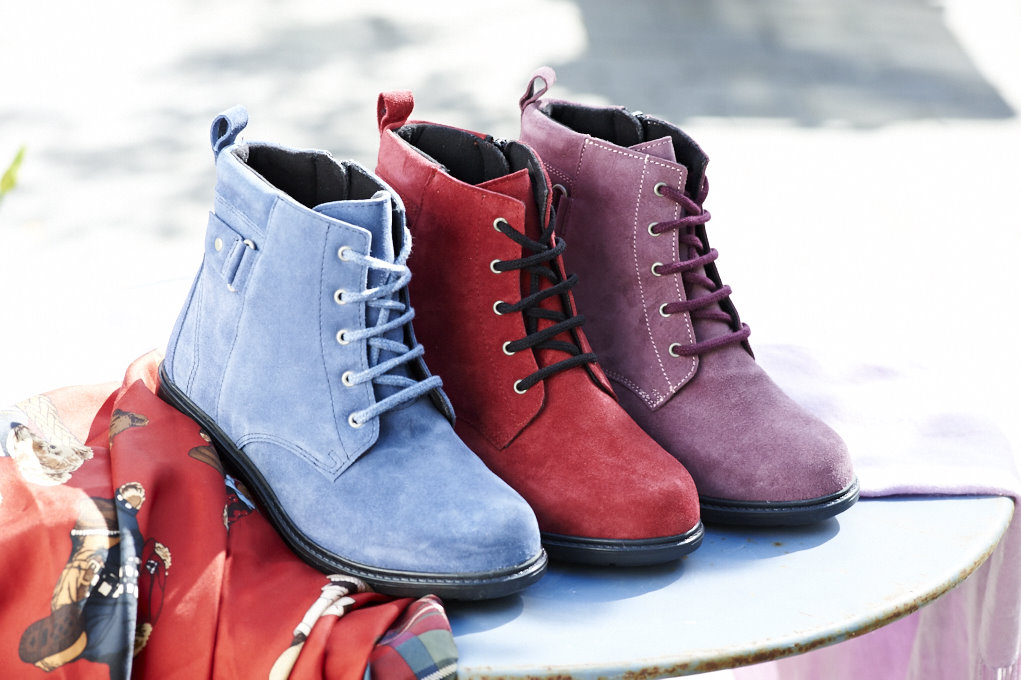With autumn fashion in focus, new data indicates millions may be wearing shoes that simply don’t fit as they should.
Charles Denton, Managing Director of DB Wider Fit Shoes, has cautioned that many adults haven’t had their feet properly sized since childhood, despite the fact that feet change over the years.
“Our Foot Health Awareness Survey highlights a huge gap in how people buy and wear shoes,” Denton said. “Most adults assume their shoe size never changes, but this simply isn’t true.”
The survey of 2,000 adults revealed that 74% have gone without a professional fitting since the age of 16, leading many to continue buying the wrong size.
“Your feet actually change over time, becoming both longer and wider with age,” Denton explained. “Yet most people just keep guessing their size or sticking with whatever they’ve always worn, even if it no longer fits properly.”
The results showed that 17% of participants acknowledge wearing shoes that are too tight, while 70% blame lack of awareness about how to choose the right fit.
Denton emphasised that these habits can have wider health effects. “Of those wearing ill-fitting shoes, many report foot problems like bunions, calluses, and pain that can spread to the knees, hips, and even the back,” he said. “Ill-fitting shoes can trigger a chain reaction, from foot pain to joint strain and long-term mobility issues.”
He also challenged common assumptions about shoe quality. “Price doesn’t always indicate quality when it comes to proper fit,” he explained. “What really matters is whether the shoe matches your actual foot measurements, and that includes both length and width. Too many people only focus on size numbers, when width is just as important.”






